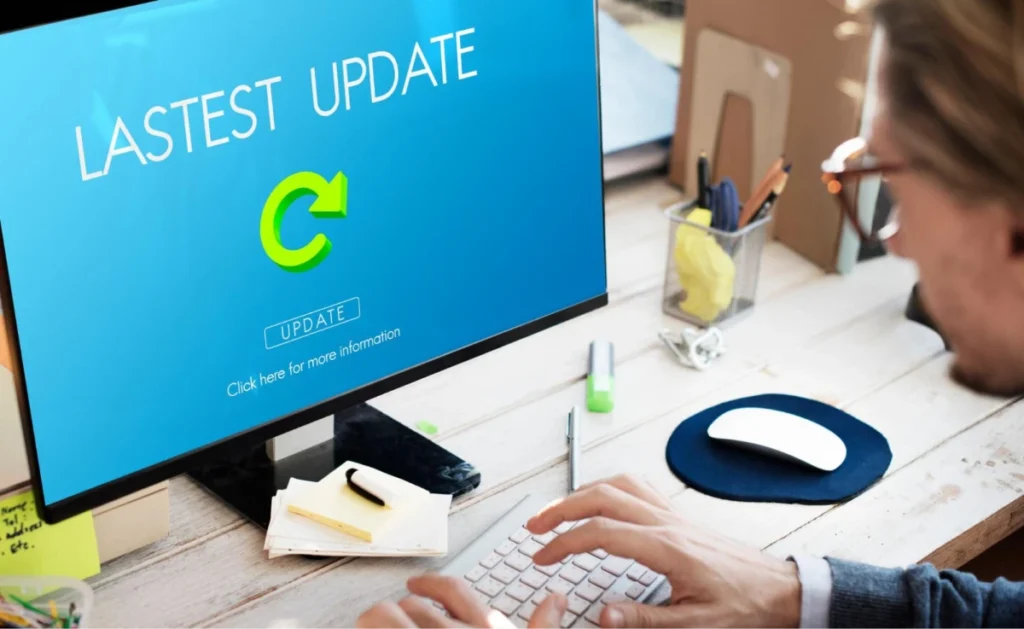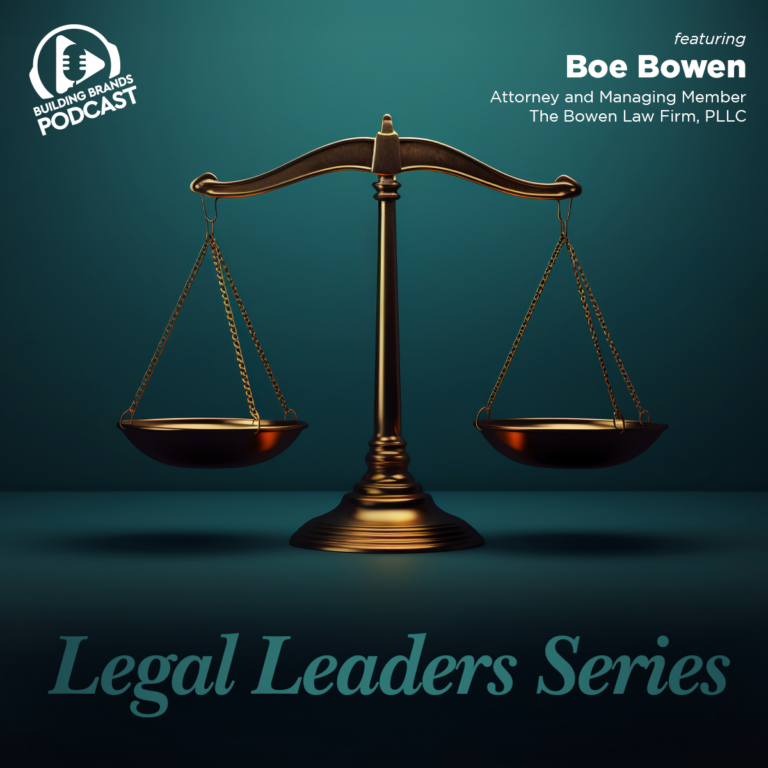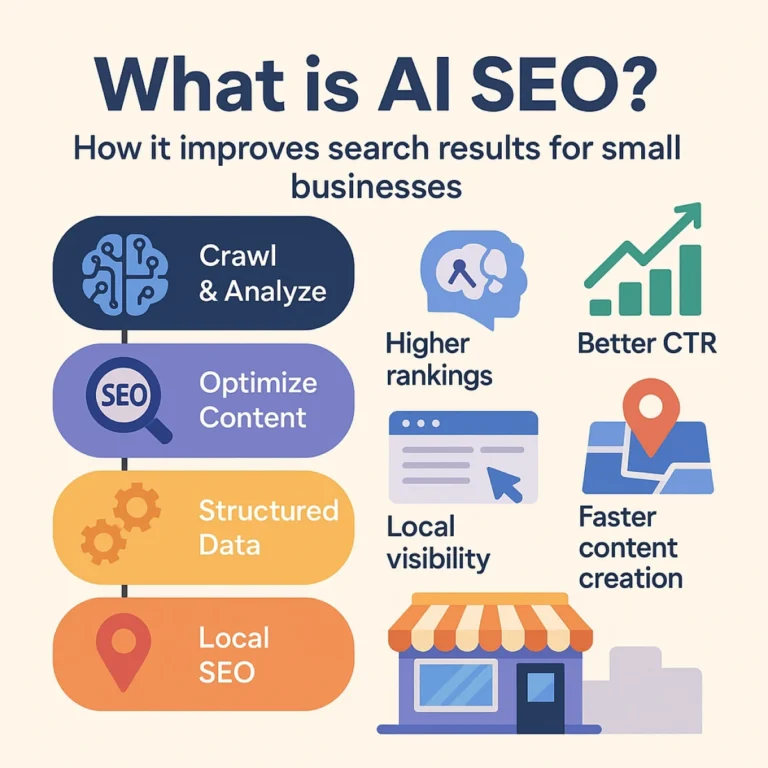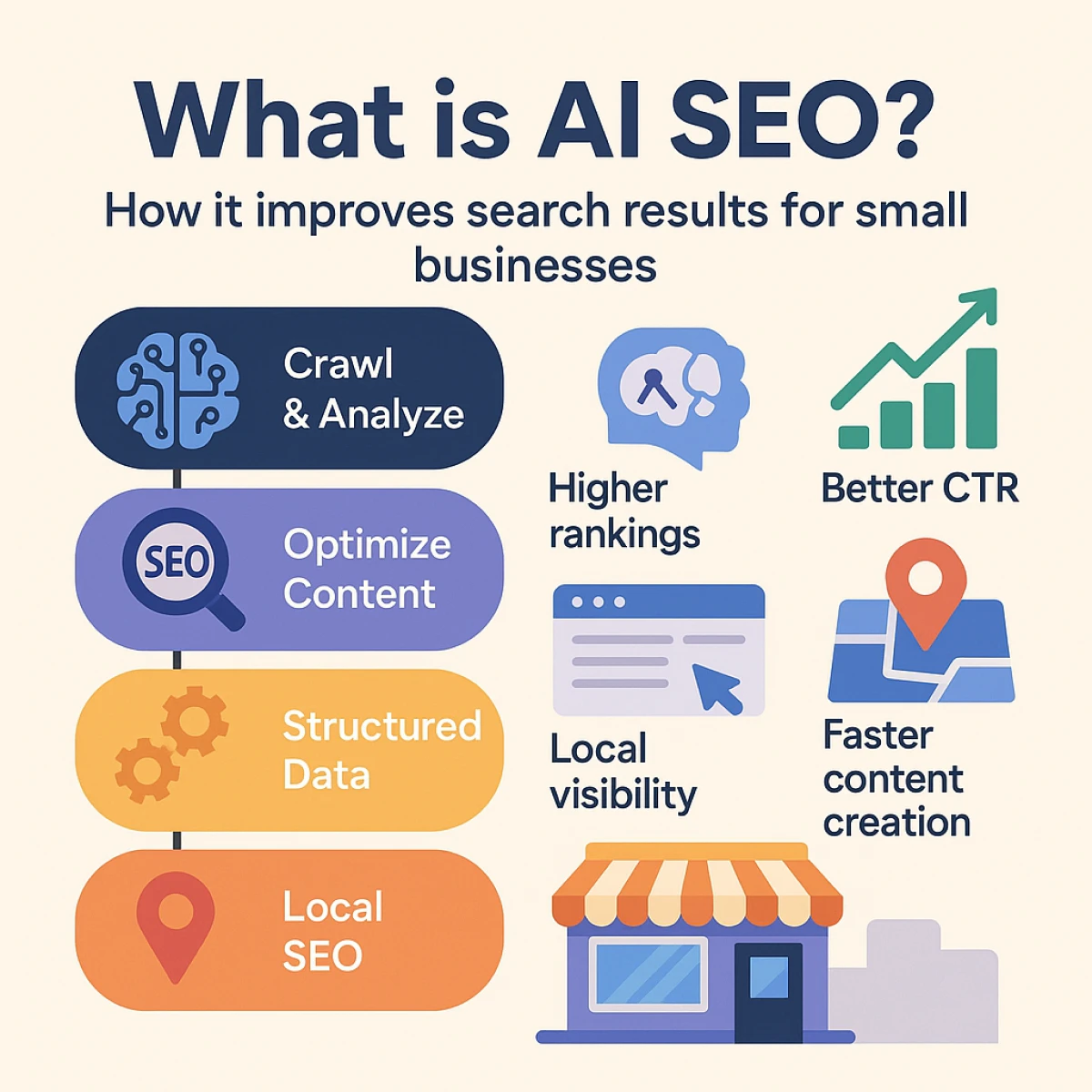In the ever-evolving landscape of SEO, staying up to date with the latest Google updates is crucial for webmasters and digital marketers alike. Google’s comprehensive Search Central Documentation serves as a beacon for those navigating the complexities of SEO, from the fundamentals to more nuanced aspects like crawling and indexing, as well as site-specific guides. The introduction of new documentation updates, alongside insights from Google SEO Updates and Blogs—Explore Google’s SEO guide on ranking, security updates, and more on extensions and the web store —highlights the importance of adapting to changes for maintaining and improving search engine visibility.
The recent shift in Google’s stance, manifesting through Learn about 2024 updates including Google’s service enhancements and algorithm adjustments here , signals the need for a revised approach to SEO strategies. This adjustment places a heightened emphasis on quality content, EEAT (Experience, Expertise, Authoritativeness, and Trustworthiness), and technical soundness, underscoring the role of Google Search Console in aiding users to debug traffic drops and leverage SEO gains. For businesses and content creators, understanding and implementing strategic recommendations in light of these changes are paramount to ensuring that their sites do not fall behind or become overshadowed in the digital sphere.

Overview of the Documentation Update
Google’s recent documentation update has introduced significant changes aimed at helping webmasters and SEO professionals better understand and manage their site rankings. The updated guidance now includes over 400 additional words, providing a more comprehensive approach to diagnosing and addressing both small and large ranking drops. Notably, the documentation has been restructured to downplay the reversibility of traffic drops, suggesting a shift in focus towards more proactive measures.
A key addition to the documentation is a new section dedicated to algorithmic changes, which spans 443 words. This section categorizes the impact of algorithmic updates into two distinct types: small drops in position and large drops in position, offering tailored advice for each scenario. Despite these enhancements, the documentation has received mixed reviews, with some experts suggesting that while it is well-thought-out, there is still room for improvement.
Furthermore, the recommendations provided for handling large algorithmic drops have been noted to be useful in some cases but not universally applicable. This highlights the complexity and varied nature of SEO challenges that professionals may face following these updates.
In addition to the changes in the documentation, Google has also been emphasizing the importance of quality content through its updates. The “helpful content update,” released on August 25th, 2022, and completed on September 9th, 2022, aims to reward content that is genuinely useful and satisfying to users, thereby improving visibility and rankings for high-quality content. This update underscores Google’s ongoing commitment to enhancing user experience, a principle that has been a cornerstone of their algorithm updates for several years.

Analyzing the Change in Google's Stance
Google's Algorithm Evolution and Policy Updates
- Comprehensive Algorithm Changes: Google makes thousands of changes to its algorithms annually, typically without significant notice, but major updates such as the March 2024 Core Update are designed to address specific issues like low-quality content and spam.
- Focus on High-Quality Content: Starting from 2022, Google has increasingly focused on reducing unhelpful, unoriginal content in search results, a stance that has been reinforced with the integration of the Helpful Content Update into the core algorithm system by March 2024.
- Enhanced Spam Policies: The latest updates include measures against low-quality content and spam, such as expired website repurposing and automation in content generation, emphasizing Google’s commitment to maintaining the integrity of its search results.
- Impact on SEO Practices: These changes necessitate a shift in SEO strategies, where the emphasis is placed not only on content quality but also on the authenticity and expertise underlying the content presented to users.
- Algorithmic Sophistication: Google’s algorithms are becoming increasingly sophisticated in identifying and penalizing manipulative practices, which now include tactics like using expired domains for boosting rankings.
- Adaptation to User-Centric Updates: With updates like the March 2024 core update, Google has refined its approach to evaluating web pages, focusing on user experience and relevance to search queries, signaling a move towards more user-centric ranking mechanisms.

Impact on SEO Strategies
Assessing and Adapting to Algorithm Updates
-
-
Initial Assessment and Monitoring
- • Assessing the impact of Google algorithm updates is
crucial for maintaining site visibility. This involves analyzing visibility trends, monitoring traffic and rankings, and checking for manual actions in Google Search Console.
- • After identifying impacts, it’s essential to use
tools like Google Search Console, SearchAtlas, Ahrefs, or Conductorto check specific ranking changes.
-
Strategic Adjustments
- • Identify which ranking factors were most affected by the update and focus on enhancing those specific areas such as content quality, page experience, and technical SEO.
- • Create a detailed report to track changes in top landing pages and queries, helping pinpoint areas that suffered during the update.
-
Quality and Content Enhancements
-
• Improving the quality signals across all web pages
is critical, especially for those with high search volume or significant keyword rankings.
-
• Refreshing stale or outdated content
is vital to avoid penalties and improve or maintain rankings.
-
• Regular content updates, focusing on relevance and user engagement
, can mitigate the negative impacts of core updates.
-
Focus on E-A-T (Expertise, Authoritativeness, Trustworthiness)
-
• Post-update, enhancing E-A-T is crucial. This can be achieved by building trust through credible links and mentions from reputable sites.
-
• Continuously updating content to reflect the latest information and expert opinions
can further bolster a site’s authority and trustworthiness.
-
Technical SEO and User Experience
-
• Address technical aspects like site speed, mobile-friendliness, and secure connections (HTTPS)
to align with Google’s updated priorities.
-
• Improving user experience by ensuring fast page loads, mobile responsiveness, and easy navigation
can significantly affect search rankings post-update.
-
Adaptability and Proactive Engagement
- • Staying informed about upcoming updates and proactively optimizing sites are key to navigating the evolving SEO landscape.
- • Engage with the SEO community and stay updated through resources like Google’s Search Central blog to understand broader industry impacts.
-

Technical Issues and Algorithmic Updates
Google’s commitment to refining its search algorithms is evident with the recent announcement of the March 2024 spam update, which aims to enhance the quality of search results by targeting spam more effectively. This update, along with the new spam policy, is designed to complement the March 2024 core update, indicating a robust approach to maintaining the integrity of search results.
The forthcoming site reputation abuse spam update, scheduled for May 5, further underscores Google’s proactive measures in combating spam activities that can degrade the user experience and the quality of the web ecosystem.
John Mueller of Google has clarified that technical issues typically do not lead to immediate ranking losses following a core update. Instead, the focus of core updates is more on content quality, with long-term data collection being a key component of these updates. This suggests that sudden technical problems like broken links do not usually impact the core updates directly.
SEO professionals and webmasters rely heavily on various resources to stay ahead of these updates. Industry-leading blogs, news websites, and forums are pivotal in disseminating information about algorithm changes. These platforms not only report changes but also provide expert analysis and insights that are crucial for SEO strategy adaptation.
Moreover, tools and software dedicated to SEO play a critical role in monitoring these changes, offering alerts that help webmasters and SEOs adjust their strategies promptly. The ongoing learning and adaptation facilitated by these tools, coupled with community engagement through forums and discussions, empower professionals to navigate the complexities of SEO with more confidence and strategic insight.
In essence, the landscape of SEO is continuously evolving, with Google’s updates prompting shifts in strategies that prioritize high-quality content and robust technical health of websites. By leveraging the right tools and staying engaged with the SEO community, professionals can adapt to these changes effectively, ensuring their websites remain competitive and compliant with Google’s guidelines.

Role of Quality Content and EEAT
Understanding EEAT in SEO
-
Experience and Expertise
- • Content should reflect first-hand experience, especially on critical topics like Your Money or Your Life (YMYL). This demonstrates the content creator’s deep understanding and personal engagement with the subject.
- • Showcasing expertise involves detailed explanations, backed by personal insights or professional experience, which adds depth and reliability to the content.
-
Authoritativeness and Trustworthiness
- and consistent output of knowledgeable content. This is recognized by both users and search engines, gradually enhancing the site’s credibility.
- • Trustworthiness stems from transparency about the content creator’s credentials and clear, honest communication. Including verifiable data and citing reputable sources can also boost credibility.
-
Quality Content Development
- • High-quality content is central to improving EEAT scores. It should be well-researched, factually accurate, and updated regularly to reflect the latest information and trends.
- • Engaging and user-centric content not only satisfies visitors but also encourages longer site visits and interactions, which are positive signals to search engines.
-
Regular EEAT Audits
- ensures that all published material meets the high standards expected for EEAT. This involves reviewing the accuracy, relevance, and presentation of the information provided.
- • Addressing any EEAT-related issues promptly
- can prevent potential drops in search rankings and maintain a favorable perception among users.

Strategic Recommendations Moving Forward
Navigating the complexities of SEO in light of Google’s continuous updates requires a dynamic, informed approach to digital marketing. The evolving nature of Google’s algorithms, with a pronounced shift towards prioritizing quality content and EEAT—Expertise, Authoritativeness, and Trustworthiness—underscores the need for brands to enhance their digital presence thoughtfully and authentically. By synthesizing the insights and strategies discussed, marketers can not only adapt to the current SEO landscape but also position themselves favorably for future updates. This includes conducting regular audits for content quality and technical SEO, focusing on user experience, and staying informed through credible SEO resources.
In essence, the key to mastering SEO in this ever-changing environment lies in the commitment to creating high-quality content, leveraging Google’s Search Central tools, and remaining adaptable to algorithm updates. For businesses aiming to reclaim or enhance their online visibility, understanding these shifts and strategically updating their SEO practices are essential steps. If you have any questions about refreshing your digital strategy to best align with Google in 2024, contact Building Brands Marketing. Adapting to these changes with a proactive, insightful approach will not only mitigate the impact of algorithm updates but also secure a competitive edge in the digital marketplace.

Don't Ignore These Updates & Fall Behind
Immediate Action Required
- • Businesses must quickly integrate the changes recommended in Google’s latest updates to prevent a decline in their search engine rankings. This proactive adaptation is crucial as Google increasingly focuses on rewarding high-quality, user-focused content.
Continuous Learning and Updating
- • The digital landscape is perpetually evolving, necessitating ongoing education and updates in SEO practices. Regularly revisiting SEO strategies to align with Google’s current guidelines ensures that businesses remain competitive and relevant.
Utilizing Tools and Resources
- • Leveraging SEO tools and resources like Google Search Console and analytics platforms helps businesses monitor their website’s performance and identify areas needing improvement. These tools are vital for understanding the impact of Google’s updates on site traffic and user engagement.
Engaging with SEO Communities
- • Participation in SEO forums and communities can provide additional insights and strategies for coping with changes in Google’s algorithms. These platforms offer a space for sharing experiences and solutions that can be beneficial in navigating new challenges.
By acknowledging and adapting to these updates, companies can safeguard their online presence from potential negative impacts due to outdated SEO practices.

FAQs
What updates has Google made to its SEO guidelines for 2024? In 2024, Google has planned updates that aim to reduce the visibility of low-quality and unoriginal content in search results by up to 40%. The core update in March 2024 is designed to maintain high standards of quality and usefulness in search results, ensuring that users find valuable and trustworthy information.
How can I enhance my Google rankings without risking penalties?
To boost your Google rankings safely, follow this step-by-step guide
- Optimize your on-site SEO.
- Incorporate LSI (Latent Semantic Indexing) keywords into your pages.
- Keep an eye on your technical SEO.
- Align your content with user search intent.
- Work on reducing your site’s bounce rate.
- Identify and target additional relevant keywords.
- Commit to publishing exceptionally high-quality content.
Will Google’s updates impact my website’s ranking? Yes, Google’s core updates can significantly alter search engine rankings. Depending on the specifics of the update and how well a website conforms to Google’s revised ranking criteria, some sites may see an improvement in their rankings, while others could experience a decline.
Why has my website’s Google ranking suddenly dropped? A sudden drop in Google ranking can occur due to various reasons, such as changes to your content, an algorithm update, technical issues, enhancements made by competitors, changes to the layout of search engine results pages (SERPs), or a penalty imposed by Google. To address this, we have compiled a checklist to help you swiftly diagnose the problem and restore your rankings.








